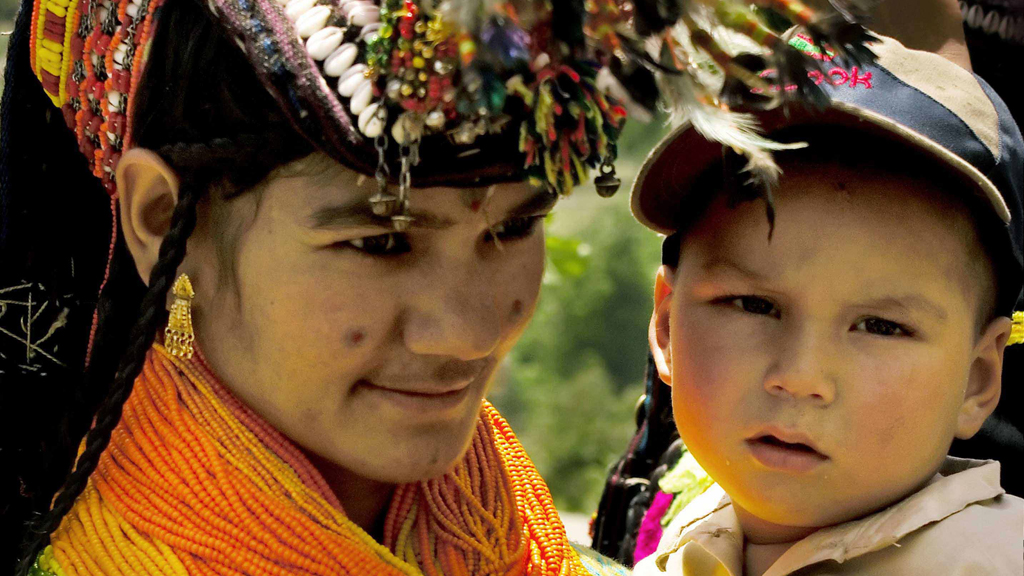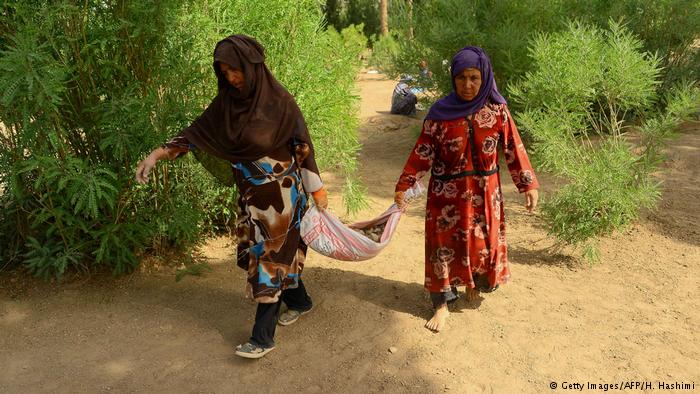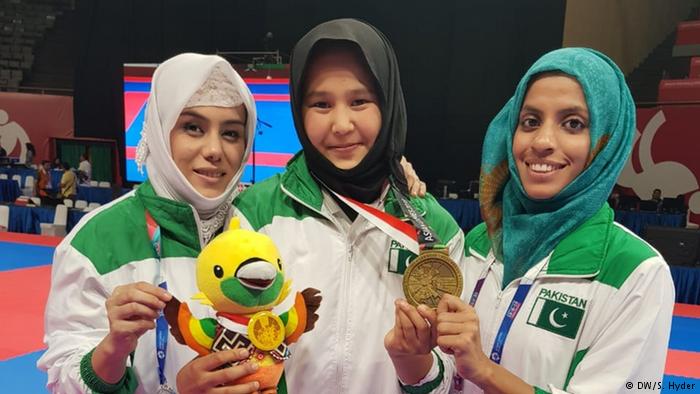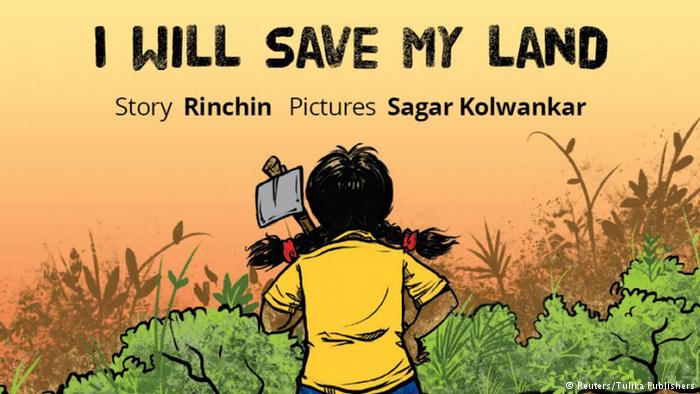The long-winded road to education
As I started to write this blog today, a fellow journalist back in Pakistan tweeted about an attack on his cousin, a school headmistress in the Charsadda city of the northern Khyber Pakhtunkhwa (KP) province. According to the tweet, his cousin had nearly missed being hit with a bullet and was being treated at a hospital emergency. As I sit thousands of miles away from her, all I can do is pray for her speedy recovery. It breaks my heart to reiterate the fact that the attack on girls’ education in Pakistan is far from over.
Just a week ago, on May 25 to be precise, a government girls’ school in Mohmand Agency in KP was blown up. Fortunately, there were no students inside the building at the time of the attack, but how many more fortunate coincidences before the terrorists would finally time themselves for a building full of children. Local news reports claim that 126 schools, mostly girls’ elementary schools, have been bombed this year until now, taking the number of blown-up schools in KP and the Federally Administrated Tribal Areas (FATA) to over 1,000 since 2009.
Nonetheless, the provincial government’s promises to improve the security situation and the recent announcement to allocate 70 percent of the new educational institutions in the province to girls is a ray of hope in the darkness of illiteracy and terrorism. But keeping the track record of ruling Pakistani political parties in mind, as much as Pakistan Tehreek-e-Insaf’s Asad Qaisar, the KP Assembly speaker, sounded determined during his speech at the first home economics conference last week, chances are this might also become one of the many such political statements left to putrefy on paper.
What he and the people excited about the announcement need to realise is that it is a long road from proposing a law to getting its approval and finally implementing it before it starts benefitting the people it was meant to be for. The easiest is the proposal part, isn’t it?
I want to take a moment to remind our leaders about the Primary and Secondary Education Department statistics which were shared with a provincial assembly session in April this year. 159 primary and middle girls’ schools in the province have been lying closed for a few years now. This number is only for 12 of the 25 districts in the province. Does the KP government have something to say about these non-functional schools?
No doubt, some recent steps by the PTI-led government to improve education in the province are commendable, including the recruitment of 360 master trainers to train 23,000 teachers, the introduction of GPS-based biometric system to check on teachers’ and students’ attendance and the proposed introduction of English as the medium of instruction to discourage classed-based education system, something quite close to PTI Chairman Imran Khan’s heart that he has been insisting for a long time. Unfortunately, this plan that was supposed to be put into effect from April this year has faced some administrative delays. This brings me back to my earlier comment about the “road less travelled” from the proposal level to the implementation of the law.
With all these and a lot more on paper, the KP government needs to sit back and ponder over a few questions: Does constructing new schools make more sense than rehabilitating the already non-functional ones? Is it more intelligent to allocate new buildings than restore those closed for years? Which way is the right way to save time, money and energy? Or is it yet another way to harass people over issues that are most sensitive, most personal to them?
Until then, I will be grateful for my education which has enabled me to write this blog.
Author: Ayesha Hasan
Editor: Manasi Gopalakrishnan
Ayesha Hasan, a journalist from Pakistan, is pursuing a PhD in Media and Journalism in Australia. She can be reached at ayesha.hasan08@gmail.com or tweeted @ayeshahasan08.







